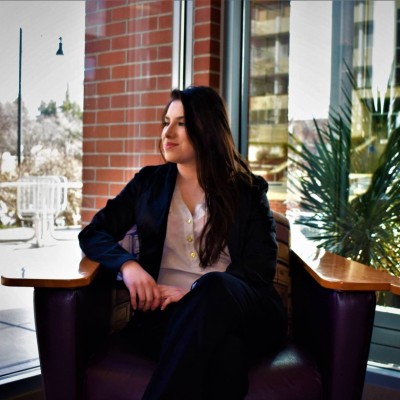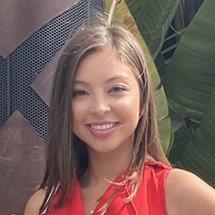Social Superpowers Tools
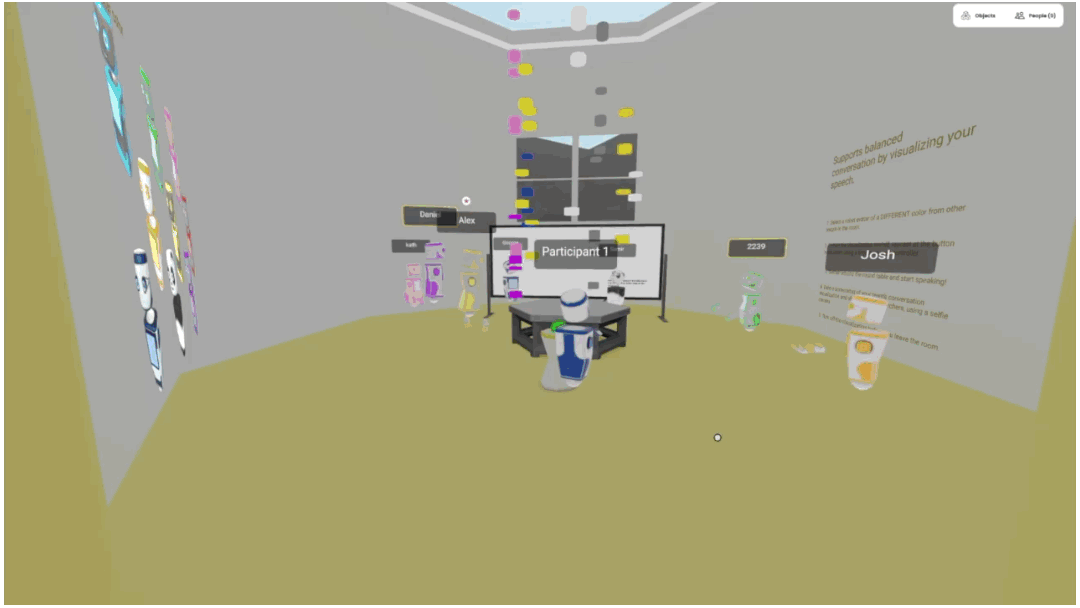
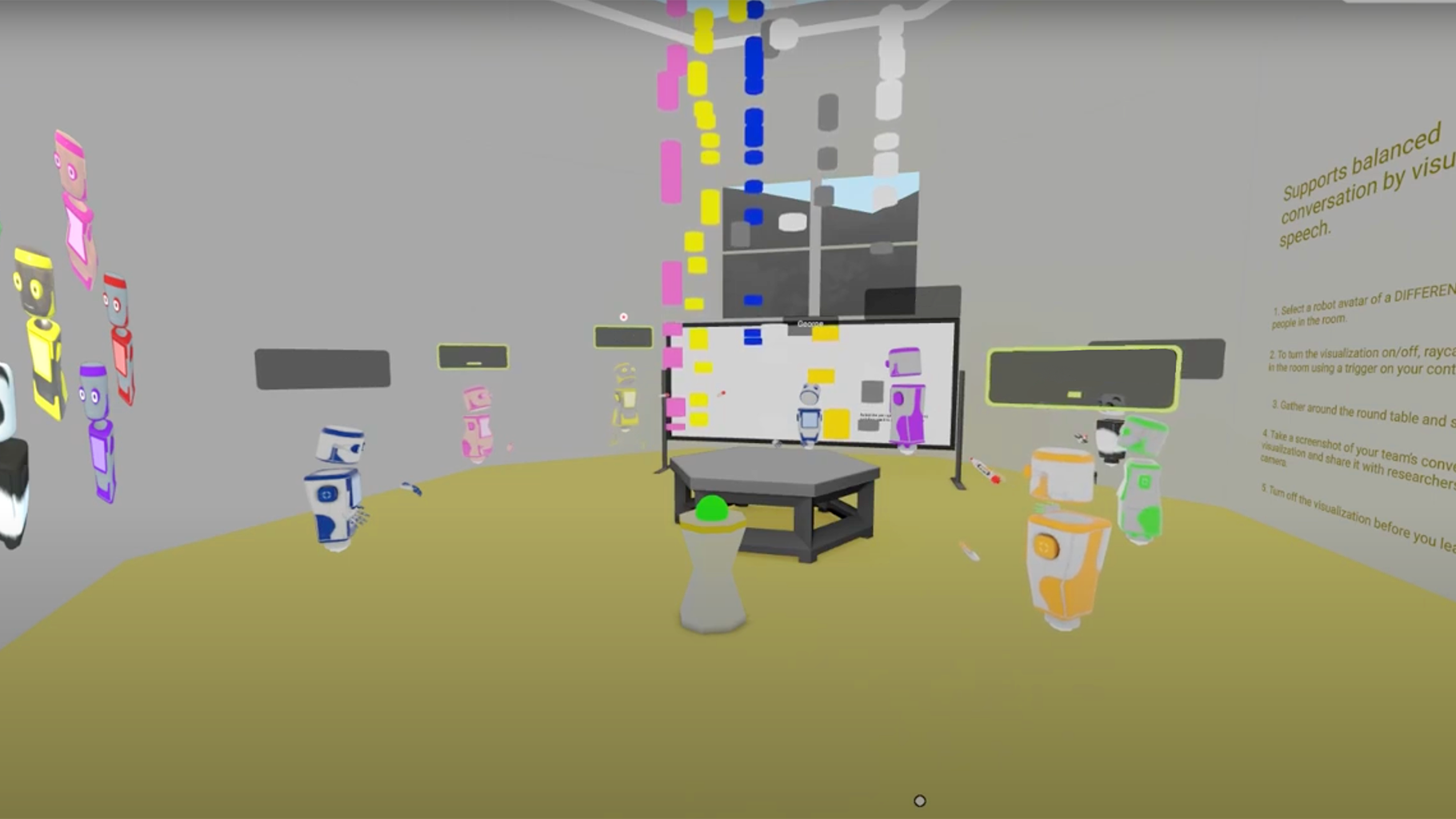
Conversation Visualization
Users can turn on this feature to see colored columns spawn when they speak corresponding to their avatar color. This allows users to keep track of the balance of conversation.

Emoji Sending
Participants can toss emojis to one another in the context of an ongoing meeting. This feature supports visual communication feedback that clarifies the target of an emoji (contrasting with other more “traditional” emoji systems in VR which typically spawn an emoji above the emoting participant only).
Avatar Changing Room
Participants can “change into” new avatars and see the results in a shared mirror. Selectable avatars on the wall are grouped according to categories derived from earlier “avatar and environments” study.
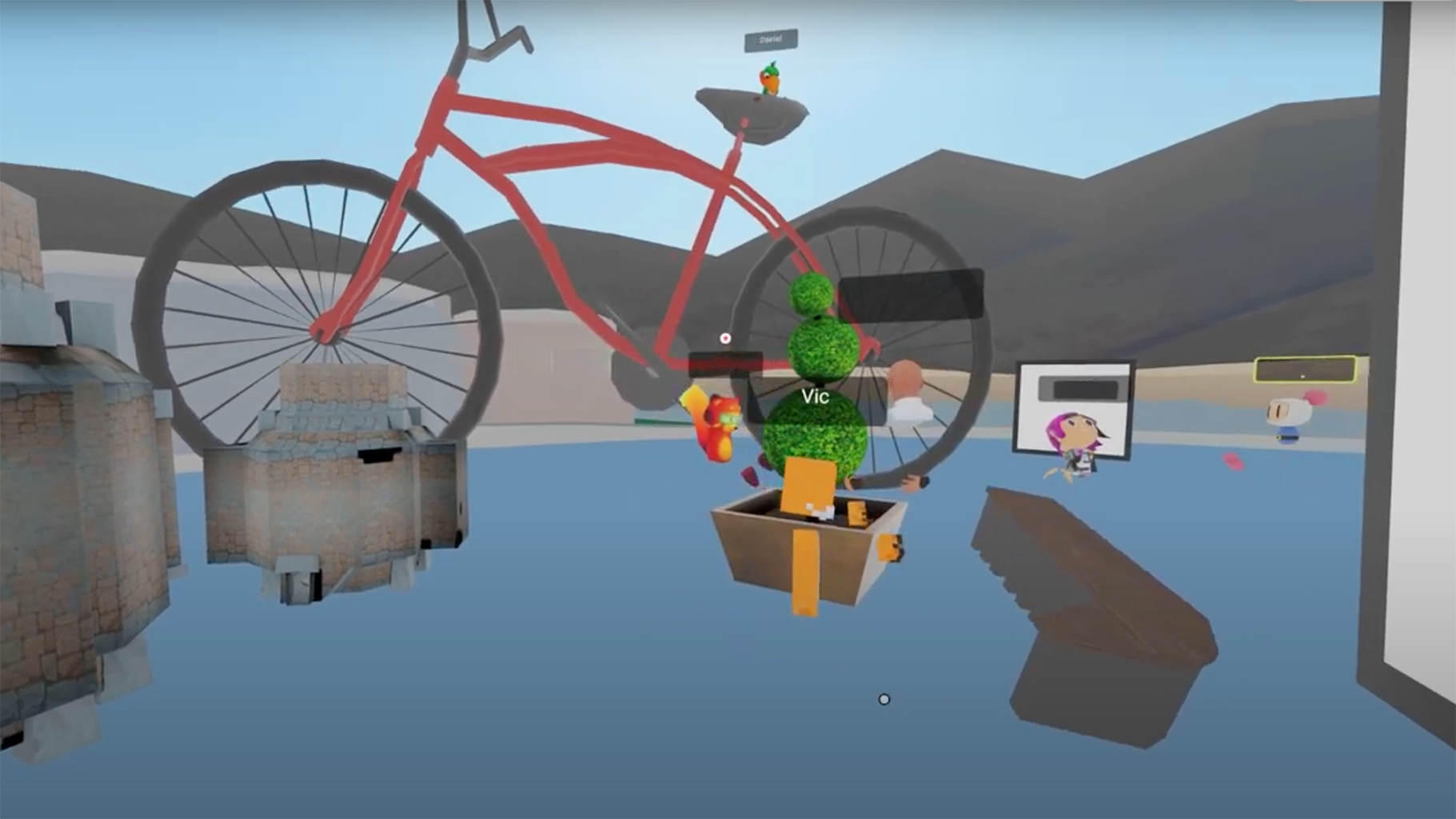
Space Making Kit
Users can use the space making kit to scale environmental objects and recombine them to construct a unique meeting environment. Assets include larger environmental features as well as specific meeting props for group topics that arise during a meeting.
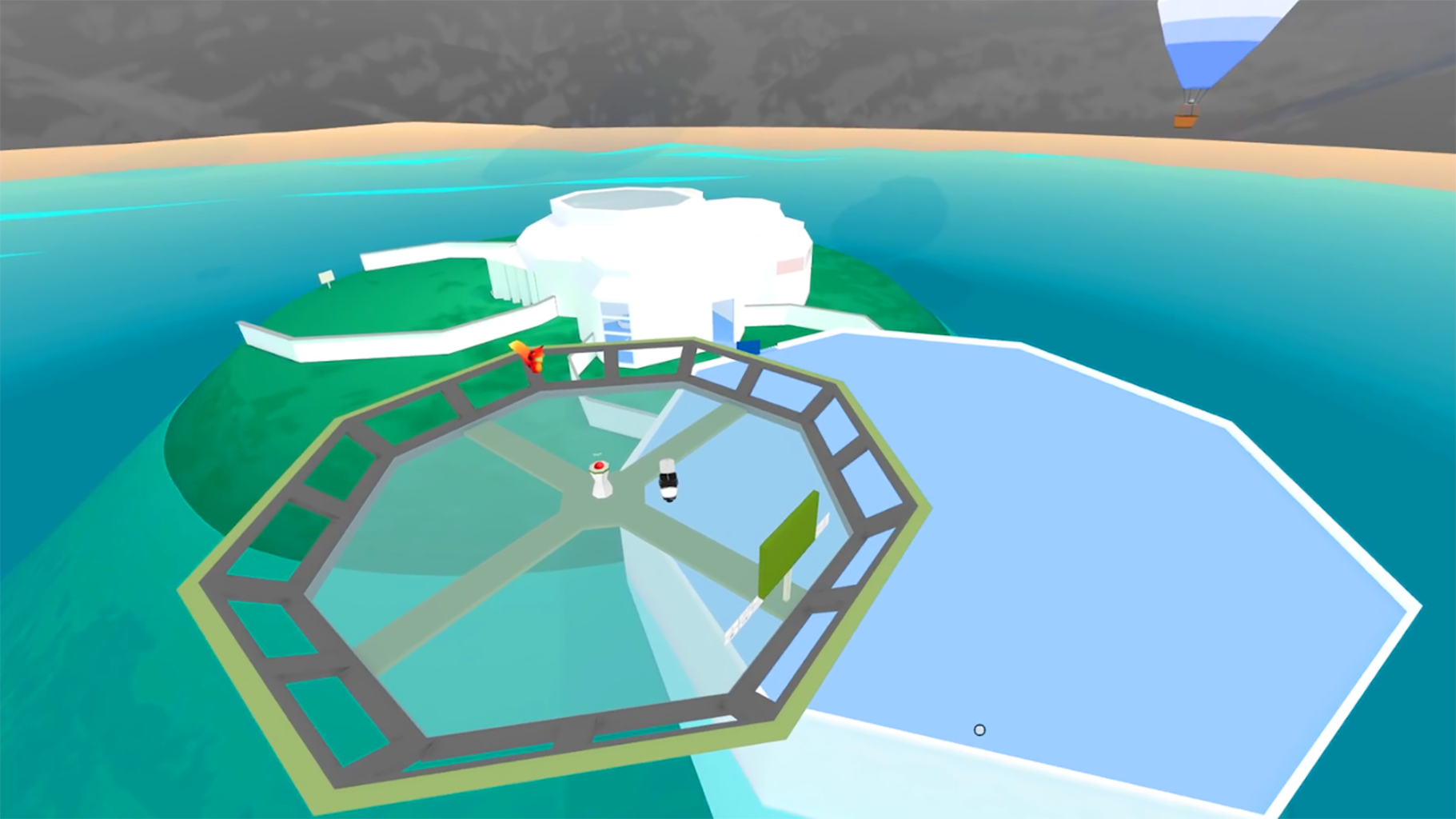
Flying Platform
Users can travel around the space on the platform. The flying platform lasts for a set period of time, and this tool is designed to support time management in VR meeting using environmental cues.
Try out these tools on Mozilla Hubs --> Social Superpowers Playground
About
This toolkit is the result of a multi-year research project funded by the US National Science Foundation. Research teams at University of California Santa Cruz and San Francisco State University collaborated to take a close look at existing social VR tools, and then come up with ideas for how to augment meetings in creative and engaging ways that go ‘beyond being there,’ taking advantage of the magic of VR. We hope you enjoy experimenting with these tools—if you have interest in reading more about the research, visit UCSC’s lab or SF State's lab.
Publications
Being Social in VR Meetings: A Landscape Analysis of Current Tools
https://dl.acm.org/doi/10.1145/3563657.3595959
A “beyond being there” for VR meetings: envisioning the future of remote work (2021)
https://www.tandfonline.com/doi/abs/10.1080/07370024.2021.1994860
Shaping Pro-Social Interaction in VR: An Emerging Design Framework (2019)
https://dl.acm.org/doi/pdf/10.1145/3290605.3300794
What's It Mean to "Be Social" in VR?: Mapping the Social VR Design Ecology (2018)
https://dl.acm.org/doi/abs/10.1145/3197391.3205451
Github Documentation
Social Superpowers developers created a code base that modifies a Mozilla Hubs room via code injection in order to provide experimental tools for VR meetings. To view their documentation, visit https://github.com/georgebutler/socialvr/blob/master/README.md .
Reach out to us!
If you are interested in reaching out to the University of California Santa Cruz and San Francisco State University research design and development teams, please take a minute to fill out our form.
The Team
University of California Santa Cruz
Baskin School of Engineering | Department of Computational Media
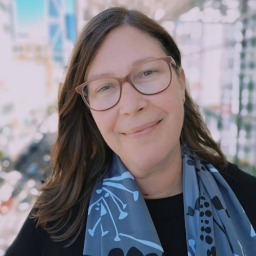

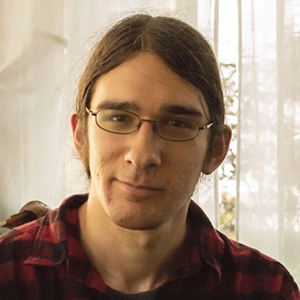
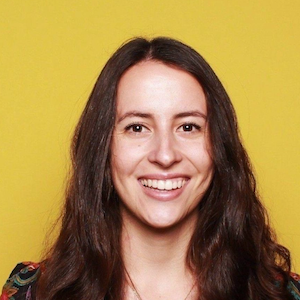



Cognitive Psychology
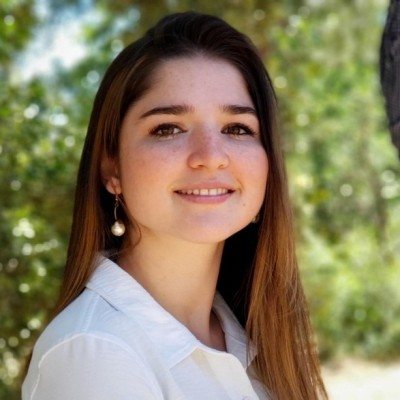
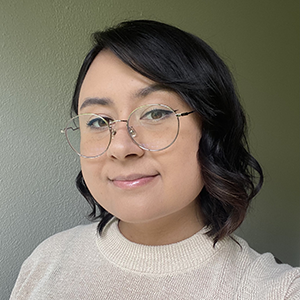
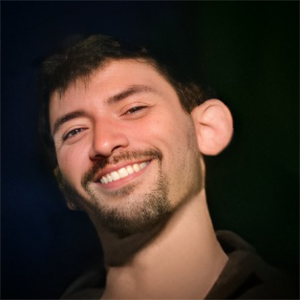
San Francisco State University
School of Design
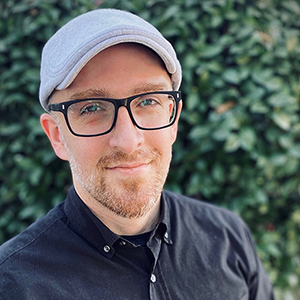
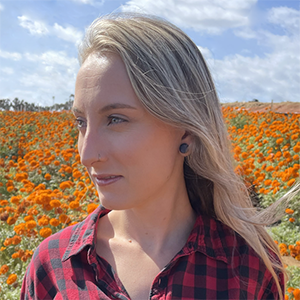

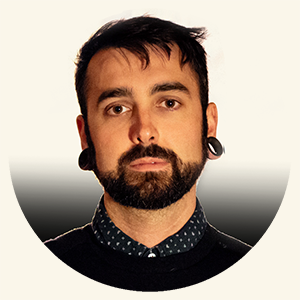
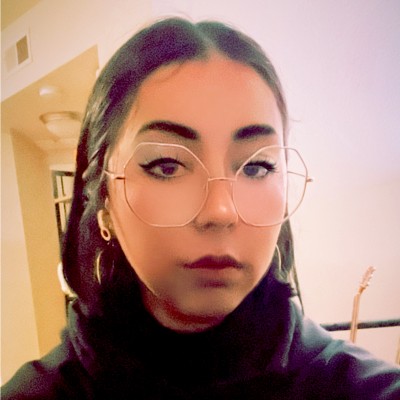
Department of Computer Science
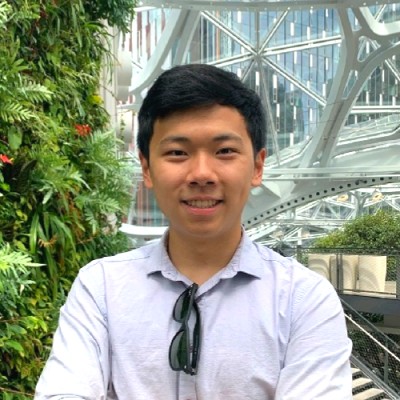

Department of Psychology



